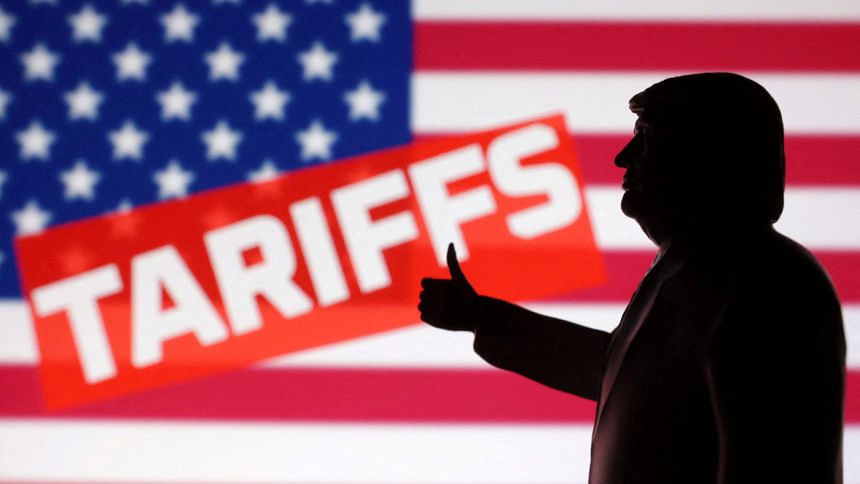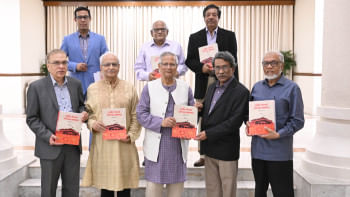Bangladesh and the US tariff on India

When Washington imposed a 50 percent tariff on Indian garments this week, it did not just rattle New Delhi. It cracked open a multi-billion-dollar market window that will not stay open for long. For Bangladesh, the stakes could not be clearer: move quickly and claim this ground, or watch rivals take it away.
The numbers speak louder than speculation. In 2024, the US imported about $4.1 billion worth of apparel and textiles from India. Overnight, those goods have become prohibitively expensive. At the same time, Bangladesh shipped $9.7 billion in ready-made garments to the US that year. Absorbing even half of India's displaced trade would mean a huge leap in market share, enough to fuel hundreds of thousands of jobs and ripple growth across our textile ecosystem. This is not just a windfall. It is a chance to redefine Bangladesh's place in global apparel for the next generation.
But opportunities this big attract predators. Vietnam exported $14.5 billion to the US in 2024, with its growing reputation for high-value, complex garments. Cambodia, with $4.3 billion in US exports, offers an alternative for buyers of basics. Indonesia is also moving steadily, exporting nearly $5.2 billion in apparel to the US, with strong competitiveness in knitwear and footwear. And while China remains the largest supplier by far, shipping over $28 billion in garments and textiles, it faces continuing US trade restrictions that create openings for others. If Bangladesh hesitates, the $4.1 billion India has lost will not vanish. It will be redistributed among these rivals.
So, the choice before us is stark: act like a stopgap supplier, or step forward as a strategic partner for US buyers. That requires strengthening backward linkages to reduce reliance on imported raw materials and cut lead times. It also means moving up the value chain, producing not just T-shirts and trousers, but high-end apparel, technical textiles, outerwear and fashion-forward designs. Diversification is now critical. US buyers are looking for a wider portfolio, including knitwear, athleisure, lingerie, footwear and home textiles. If Bangladesh broadens its export basket beyond basic garments, it can embed itself deeper in the US supply chain.
Equally vital is tackling infrastructure bottlenecks. Ports, customs and transport inefficiencies make us vulnerable in a time-sensitive market. Every extra day in transit strengthens Vietnam's hand. We need efficiency that matches our scale.
Sustainability must be the other pillar. US brands face rising consumer scrutiny on ethical and green manufacturing. Bangladesh has a strong story to tell here. With more than 200 LEED-certified green factories, the sector has set global benchmarks. Ella Pad's pioneering model, turning garment waste into reusable sanitary pads, rebranded the country as the leading global case of circular fashion, proving that Bangladesh can lead not only in volume but in innovation. By promoting these achievements, we can outflank competitors who still struggle to shed reputations of exploitative practices.
Diplomacy must keep pace with industry. Government and associations need to be in Washington, lobbying for trade preferences, reassuring buyers of political stability, and showcasing our transformation. If we combine scale with speed, sustainability and policy outreach, Bangladesh can not only absorb India's lost share but also move into the spaces left vulnerable by China's trade disputes and Indonesia's slower climb.
The tariff on India is more than a penalty. It is a shockwave reshaping sourcing strategies. Bangladesh can let the moment pass and watch others divide the spoils, or it can seize it to secure long-term dominance in the US market. The window is open, but it will not stay that way. Now is the time to move fast, smart and united.
The writer is coordinator of Ella Alliance and founder of Ella Pad

 For all latest news, follow The Daily Star's Google News channel.
For all latest news, follow The Daily Star's Google News channel. 



Comments